(4526 products available)







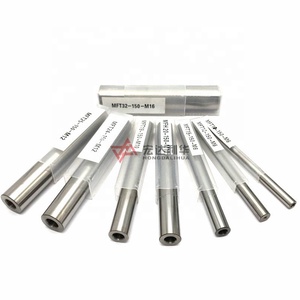



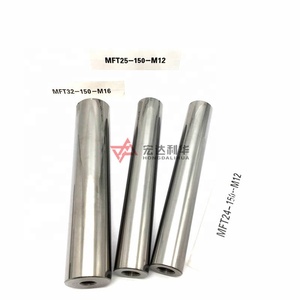








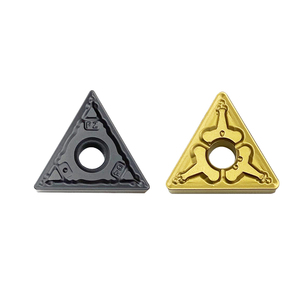



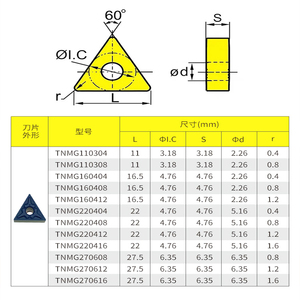
















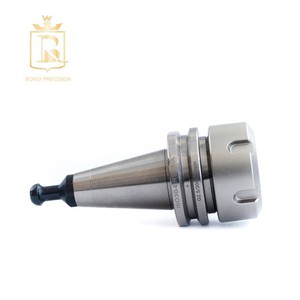
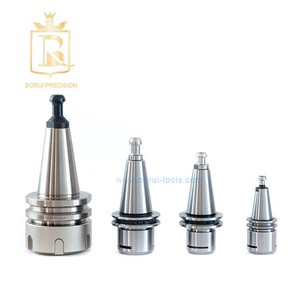
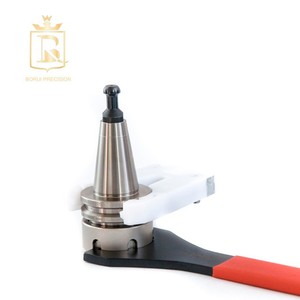




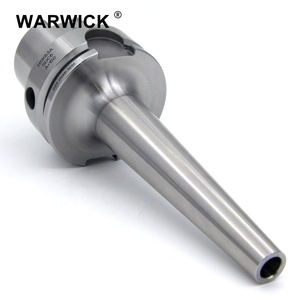

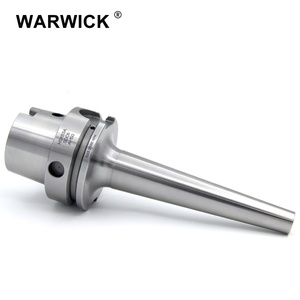

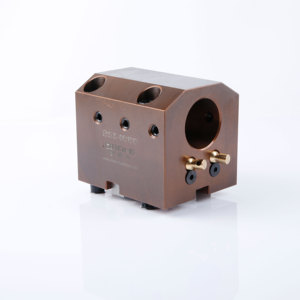
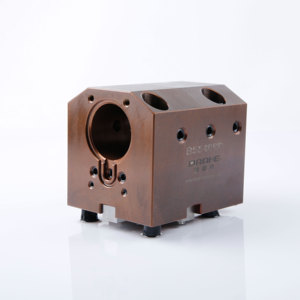












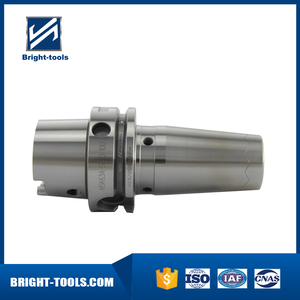









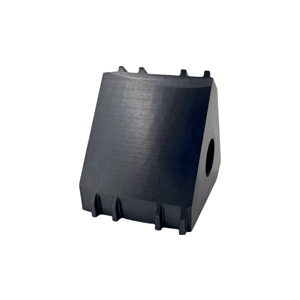




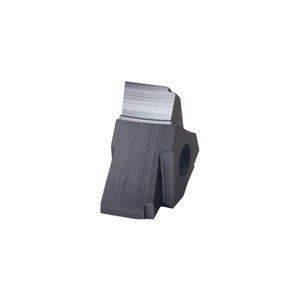

 Ready to Ship
Ready to Ship




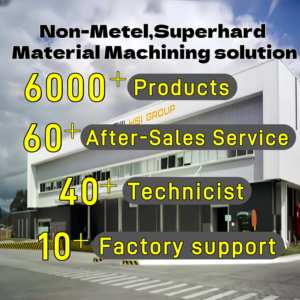





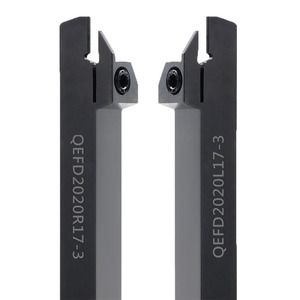



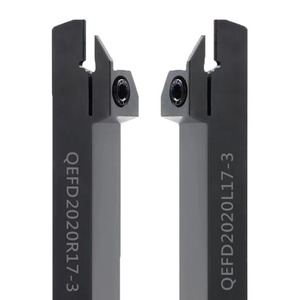


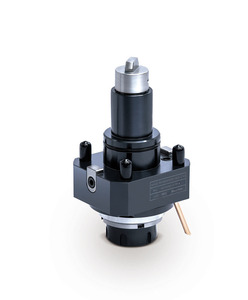


















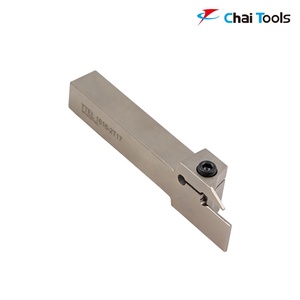

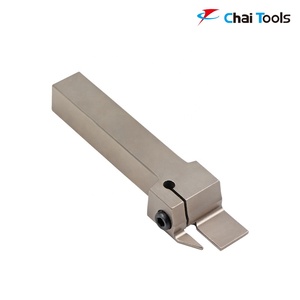

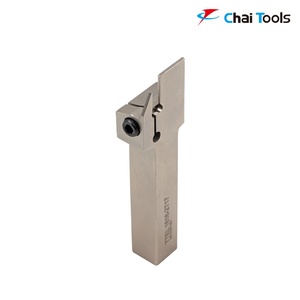
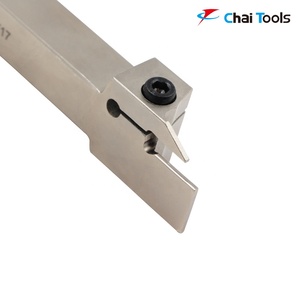


























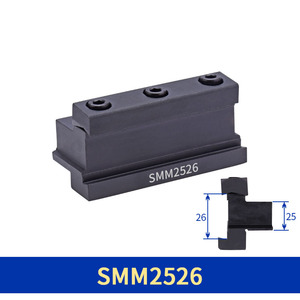
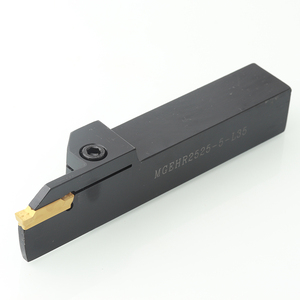

















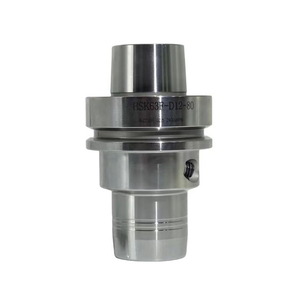
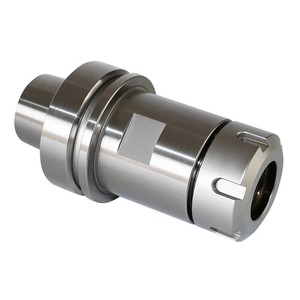

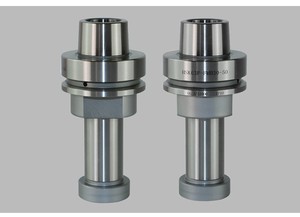





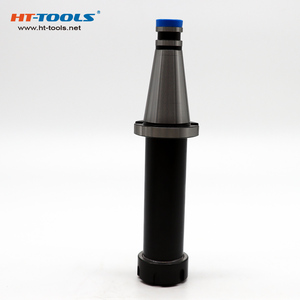









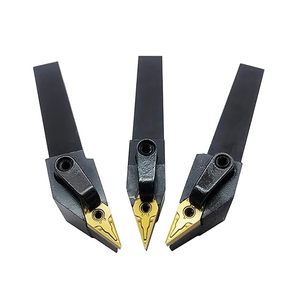


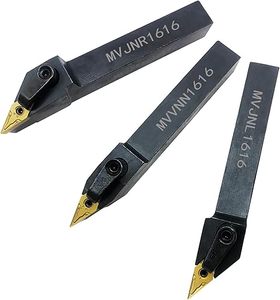
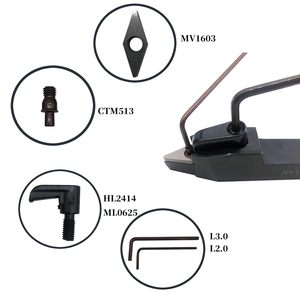






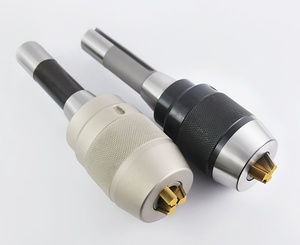

Parting tools holder CNC machines are used to support the parting tools while making grooves or parting the workpieces. The tool holders come in different designs as explained below.
Collar Parting Tool Holder
The tool holder has a metal collar that holds the parting tool. This CNC tool holder is compatible with different types of parting tools. Usually, the parting tool is secured at the collar's bottom with a set screw. The holder supports the tool while cutting grooves. It also provides enough clearance for the workpiece.
Eccentric Parting Tool Holder
This type of tool holder is designed for CNC machines with limited cross-slide capacities. The holder supports the parting tool at an angle. It can cut grooves of varying widths. Generally, the eccentric tool holder has a disk that is mounted on the tool post. An offset lip supports the parting tool.
Slim Parting Tool Holder
This holder is designed to make narrow grooves or cuts. It features a slim body that provides adequate support for the parting tool. Additionally, the tool holder has a tool post mount, which allows the owner to install it on different CNC machines.
Multi-Tool holder
As the name suggests, the tool holder can accommodate several tools at once. They include the parting tool, grooving tool, and facing tool, among others. The tool holders have multiple mounts or blocks. They are ideal for complex machining tasks that require quick tool changes.
Quick Change Tool Holder
It is a type of tool holder that allows for fast tool changes during parting operations. It has an integral mount that secures the parting tool. This tool holder offers high precision and reduces downtime for tool changes.
Due to the crucial role the parting tool holder plays in the entire CNC lathe tooling system, the specifications to consider when purchasing it are the same as those to consider for the entire CNC lathe system.
CNC lathes have various specifications as follows:
Capacity
This indicates the maximum diameter and length of the material that can get processed on the machine. It usually depends on the spindle's size and the machine design.
Spindle Speed
The speed at which the spindle rotates is a key factor in the ability of an CNC lathe to perform tasks.
Power
CNC lathes have a motor power (measured in horsepower or kilowatts) that indicates the machining power and processing ability.
Tool Capacity
This refers to the total number of tools the machine can hold. Depending on the design and specifications of the CNC lathe, it may include multiple tool holders, such as turret tool holders or disc tool holders.
Control System
The CNC control system used by the lathe has a different functionality and performance depending on the control mode (e.g., PC-based control, PLC control, etc.).
Auxiliary Functions
CNC lathes may include some assistant functions depending on the model and specification. For example, an automatic tool change system can automatically replace the required tools during machining. Additionally, some lathes may have a chip removal system to remove the excess material chips generated during machining, keeping the work area clean and improving machining efficiency.
As with any tool used in a manufacturing setting, proper maintenance is essential to ensure that parting tools for CNC lathes are long-lasting and effective. Additionally, before embarking on any maintenance practices, it is important first to become familiar with the manufacturer's manuals so as not to void warranties.
Since improper handling causes most damages, always store the CNC tool holder in a dry place away from direct sunlight and lightly dust it with a clean dry piece of cloth. This way, no excess material transfer gets onto the tool, which may eventually compromise its cutting accuracy and quality.
When it comes to cleaning, manufacturers suggest using compressed air to get rid of any dust and debris. Additionally, users can also employ brushes to reach tight spaces. Regular tool holder cleaning prevents build-up and ensures proper tool holder functionality and stability during machining operations.
Lubrication of the tool holder is also essential. It should be lightly oiled or greased to make the tool holder's surfaces smooth and to make it easier to remove and replace tools.
The parting tools holder for a CNC machine has many applications in industries that use CNC machines for various cutting and shaping needs. This tool holder can do intricate cuts on metal, wood, plastic, and other materials that are commonly used in making furniture, musical instruments, jewelry, pipelines, automotive parts, and precision components, among other things. Here are some specific ways in which parting tool holders are used in different CNC industries:
When choosing CNC tool holders, the following factors should be considered:
Machine compatibility
When choosing tool CNC tool holders, it is important to select holders that are compatible with a specific CNC lathe machine. Each lathe machine has its own design and specifications, which may vary holder size and fit at the taper. To ensure a proper fit between the tool and the CNC lathe, it is sufficient to select holders that correspond to the specific lathe model.
Workpiece requirements
CNC parting tool holders are available in different designs and sizes to suit various machining operations and workpieces. Buyers should consider the size, shape, and material of the workpiece that will be machined. They should also prioritize the machining operation when selecting a tool. This may require a large-diameter tool holder with a high cutting depth for a particular CNC parting tool.
Machine specifications
Determine the specifications of the CNC machine, including the spindle taper and tool holder interface. The spindle taper is a conical shape that tapers inward, commonly used in CNC machines to hold tools securely in place during machining.
CNC machines have different spindle taper sizes, including NT3, NT4, NT5, NT6, and BT30, BT40, BT50. The most popular sizes are BT40 and BT30. The tool holder interface refers to how the tool holder connects to the CNC machine. It can be an ER collet chuck or a threaded tool holder interface.
Material and finish
CNC tool holders are made of different materials, and their finishes can affect performance and durability. Common materials include steel or alloy steel. Some holders also have a protective coating, such as nickel plating or titanium nitride (TiN), to resist wear and corrosion. CNC tool holders are made of different materials, and their finishes can affect performance and durability. Alloy steel is known for its strength and hardness, which provides excellent resistance to wear and damage. Some holders also have a protective coating, such as nickel plating or titanium nitride (TiN), to resist wear and corrosion.
Q1: What are the latest trends of CNC tool holders in the market?
A1: The trend is toward intelligent and automated tool holders for better machine integration, such as RFID or QR code feedback systems. Increased tooling adaptability and flexibility is another trend to expect as quick-change systems and multi-tool holders gain more popularity.
Q2: Describe some future developments of CNC tool holders?
A2: Future CNC tool holder developments may include more intelligent, automated features integrated into machine tools like RFID or servo-driven tool changers. More adaptable, flexible systems with faster tooling changes and higher precision are also in the future.
Q3: What are some challenges faced for CNC tool holder design?
A3: The challenges of designing CNC tool holders include balancing system rigidity, compatibility with multiple machines, the increasing demands for precision, and rapid tooling change speeds. There is also the need to standardize holder designs to ensure adaptability across diverse machining systems.
Q4: What are the proper care and maintenance techniques for CNC tool holders?
A4: The tool holders should be cleaned after each use to remove any debris or lubricant. Their retaining feature should be regularly lubricated to maintain clamping force and reduce wear. Regular inspection can help to detect any damage. The tool holders should be stored properly in a dry place to prevent corrosion and keep them organized.
Q5: How does an improper CNC tool holder affect the CNC machine?
A5: An improper tool holder will affect the tool's grip, stability, and alignment and eventually affect cutting performance and precision. It may cause increased spindle wear, tool change failures, and additional strain on the machine. This can lead to quicker damage and reduced lifespan.